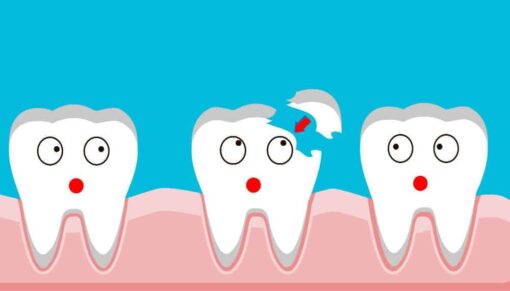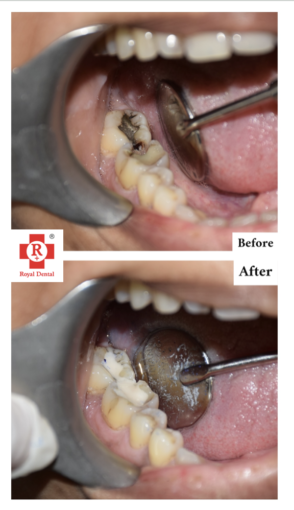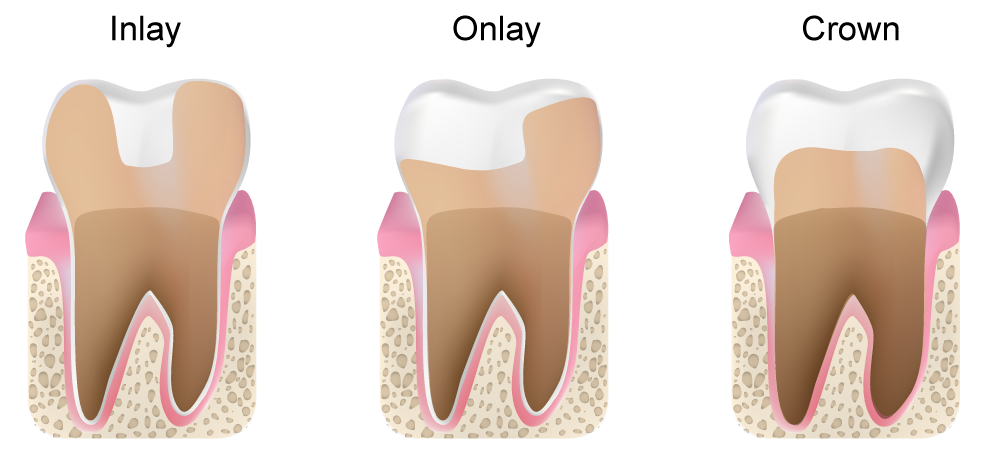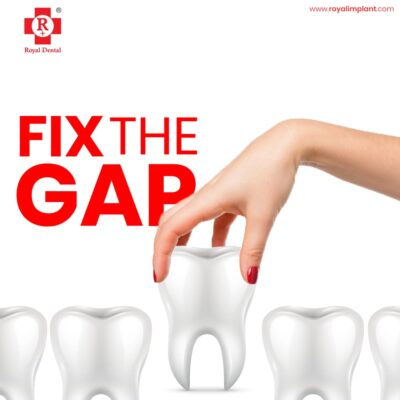Deciding which type of dental filling to use on your teeth can be a difficult decision. This is why it’s important to understand the differences between inlay/onlay and traditional composite fillings. Inlay/Onlay fillings are an effective option for restoring teeth that have been damaged from decay or wear. Unlike traditional composite fillings, inlay/onlay are made from porcelain, gold, or composite materials. They are designed to be stronger and more durable than traditional composite fillings and can last up to 15 years. On the other hand, traditional composite fillings are made from plastic resin and are not as strong as inlay/onlay. They are quicker and more affordable, but they need to be replaced more often.
What are Inlay/Onlay Fillings
An inlay filling is a type of restorative dental filling that is placed inside the affected tooth, beneath the tooth’s enamel. A porcelain inlay is the most common type of inlay and is the most conservative type of restoration. It is usually used when a tooth has suffered extensive damage due to decay or wear, and is not able to be restored with a composite resin filling.

Inlays can also be used as a replacement for a badly broken tooth. An onlay filling is similar to an inlay, except that it covers more of the tooth. An onlay filling is often used in place of a crown when a tooth has been extensively damaged or broken beyond repair.
What are Traditional Composite Fillings
A traditional composite filling is a type of restorative dental filling that is placed inside the affected tooth, beneath the tooth’s enamel. A composite resin filling is the most common type of traditional composite filling. It is usually used to restore teeth that have been worn down by excessive chewing or grinding and are not able to be restored with a porcelain inlay.
Traditional composite fillings are made from plastic resin and are not as strong as inlay/onlay fillings. They are quicker and more affordable, but they need to be replaced more often. Traditional composite fillings also can stain teeth over time due to the small amount of mercury in the resin.
Advantages of Inlay/Onlay Fillings
They are stronger than traditional composite fillings. Inlays and Onlays are more durable and can withstand more pressure than traditional composite fillings. This is because they are made from a stronger material and are custom-fitted to the affected tooth.
nlay/Onlay fillings are less likely to break down or wear away over time. Inlays and Onlays are more resistant to external pressure, such as chewing and grinding, than traditional composite fillings. This is because they are fitted more precisely to the affected tooth, and are made from a harder material.
Inlays and Onlays are less likely to stain over time than traditional composite fillings. This is because they are made from a coloured material, such as gold or porcelain.
Advantages of Traditional Composite Fillings
Traditional composite fillings are less expensive than inlay/onlay fillings. This is because they are made from a plastic resin, and most inlay/Onlay materials are more expensive. Traditional composite fillings are quicker to place than inlay/onlay fillings. This is because they do not require much preparation or custom fitting, and can often be placed in just one visit. Traditional composite fillings can be used to replace multiple teeth. Inlay/Onlay fillings are typically used to repair a single tooth at a time.

Disadvantages of Inlay/Onlay Fillings
Inlay/Onlay fillings are more invasive than traditional composite fillings. This means that they require more preparation, cause more discomfort, and leave more visible signs of treatment. Inlay/Onlay fillings require more visits to the dental office than traditional composite fillings. This means that treatment is more time consuming and requires more patience.



Inlays and Onlays are more expensive than traditional composite fillings. This is due to the fact that they require more time and materials, and are fitted more precisely to the affected tooth. Inlay/Onlay fillings are more likely to stain teeth over time than traditional composite fillings. This is because they are made from a coloured material, such as gold or porcelain, that can stain teeth.
Disadvantages of Traditional Composite Fillings
Traditional composite fillings are less durable than inlay/onlay fillings. They are weaker and can be broken down by pressure more easily than inlay/onlay materials.
Traditional composite fillings can stain teeth over time. This is because they are made from a coloured material, such as black or grey, that can stain teeth.
Traditional composite fillings are often weaker than the surrounding teeth. This means that if the tooth is subjected to pressure, such as chewing, it can lead to the surrounding teeth breaking down.
Durability Comparison
Inlay/Onlay – Inlay/Onlay fillings are more durable than traditional composite fillings. They can last up to 15 years, whereas traditional composite fillings need to be replaced every 5-7 years.
Traditional Composite – Traditional composite fillings are more likely to break down than inlay/onlay fillings. This is because they are made from a weaker material, and are not as strong or durable. Your dental health is very important. Damaged teeth can be painful, and they can prevent you from eating and smiling the way you would like to. If you are experiencing tooth decay, it is important to see your dentist as soon as possible for treatment.






